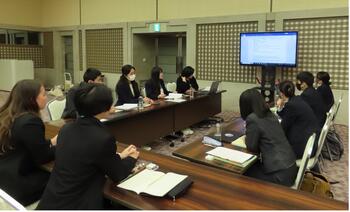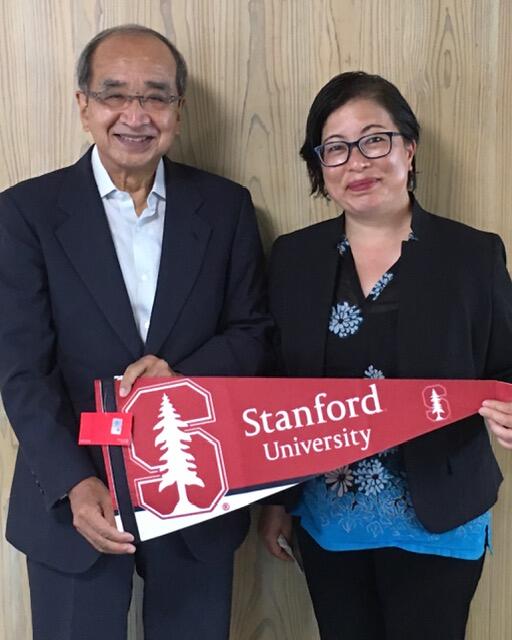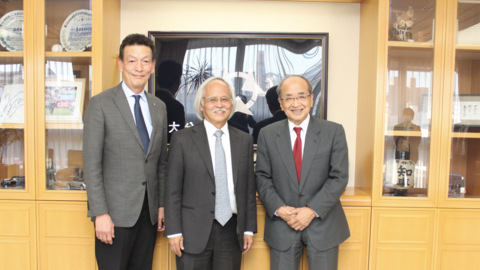Local High School Students Meet with Scholars from Stanford’s Center for International Security and Cooperation
In March 2022, 91łÔąĎ released Introduction to Issues in International Security, an online lecture series that was developed by Irene Bryant in consultation with the (CISAC). Four CISAC scholars are featured in accessible video lectures that aim to introduce high school students to various global security issues.
- Biosecurity, by Dr. Megan J. Palmer, Executive Director of Bio Policy and Leadership Initiatives at 91łÔąĎ, Adjunct Professor in the department of Bioengineering, and Affiliate of the Center for International Security and Cooperation
- Ethnic Cleansing and Genocide, by Dr. Norman Naimark, Professor of History and Senior Fellow, Hoover Institution and the Freeman Spogli Institute for International Studies
- International Security and North Korea’s Nuclear Program, by the Honorable Rose Gottemoeller, former Deputy Secretary General of NATO and Frank E. and Arthur W. Payne Distinguished Lecturer at the Freeman Spogli Institute for International Studies
- Terrorism and Counterterrorism, by Dr. Martha Crenshaw, Senior Fellow, Freeman Spogli Institute for International Studies
In spring 2023, Dr. Ignacio Ornelas Rodriguez, teacher at San Jose’s Willow Glen High School and lecturer at the Center for Comparative Studies in Race and Ethnicity at Stanford, introduced Introduction to Issues in International Security to a group of students at Willow Glen High School. Rodriguez’s course culminated in the second International Security Symposium that was held on May 24, 2023. Three representatives of CISAC gathered online with the students. The representatives were Professor Naimark, Post-Doctoral Fellow , and Associate Director of Administration and Finance . The objectives of the symposium were to offer students a chance to interact with scholars in the field of international security and to learn from the scholars about careers in the field.
During the symposium, Naimark and Courchesne shared thoughts on a teacher(s) in high school or a specific event(s) in high school that had a significant impact on their academic careers and professional careers. This was followed by student presentations, during which the students were given the opportunity to present on one of the four topics covered in Introduction to Issues in International Security. Each student presentation was followed by a question-and-answer session with Naimark, Courchesne, and Remus.
After the symposium, Rodriguez commented:
I was thankful for the opportunity to provide this educational outreach and collaboration with 91łÔąĎ. The students are enrolled in the Two-Way Bilingual Immersion program at Willow Glen High School and are highly skilled, analytical, and critical thinkers. They were inspired by the opportunity to learn from Stanford scholars and experts in international security. I look forward to providing more outreach and continuing to collaborate.
Given the success of the second symposium, CISAC and 91łÔąĎ hope to expand on the lecture series, which is part of their DEI-focused efforts, and reach more underrepresented minority students. CISAC and 91łÔąĎ are grateful to Rodriguez for his extraordinary work with the students and to 91łÔąĎ Event Coordinator Sabrina Ishimatsu for her meticulous planning of the symposium.
To stay informed of 91łÔąĎ news, and follow us on , , and .
INTRODUCTION TO ISSUES IN INTERNATIONAL SECURITY
Read More
Willow Glen High School students from San Jose—enrolled in a course taught by Dr. Ignacio Ornelas Rodriguez—participated in the second annual International Security Symposium.































